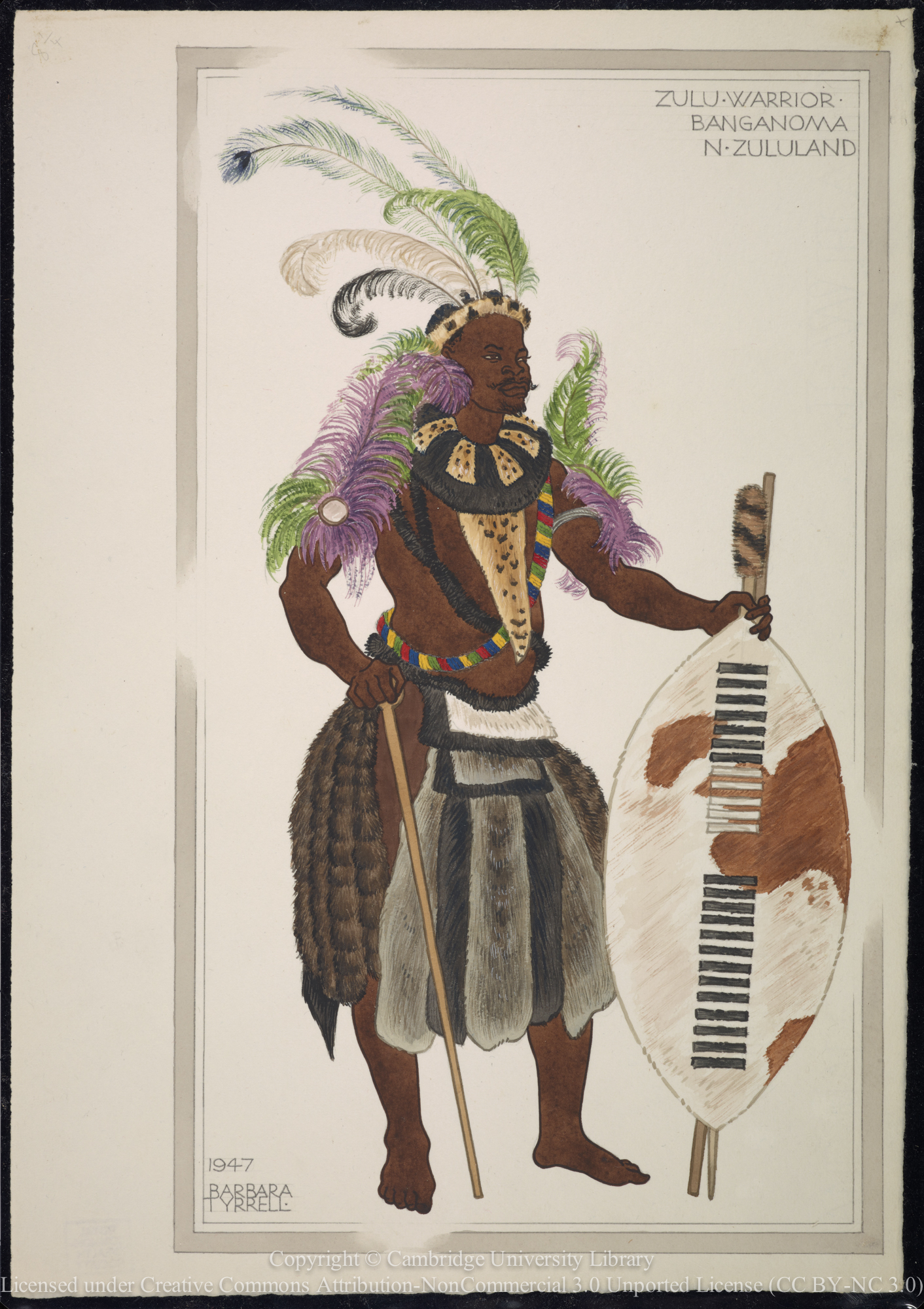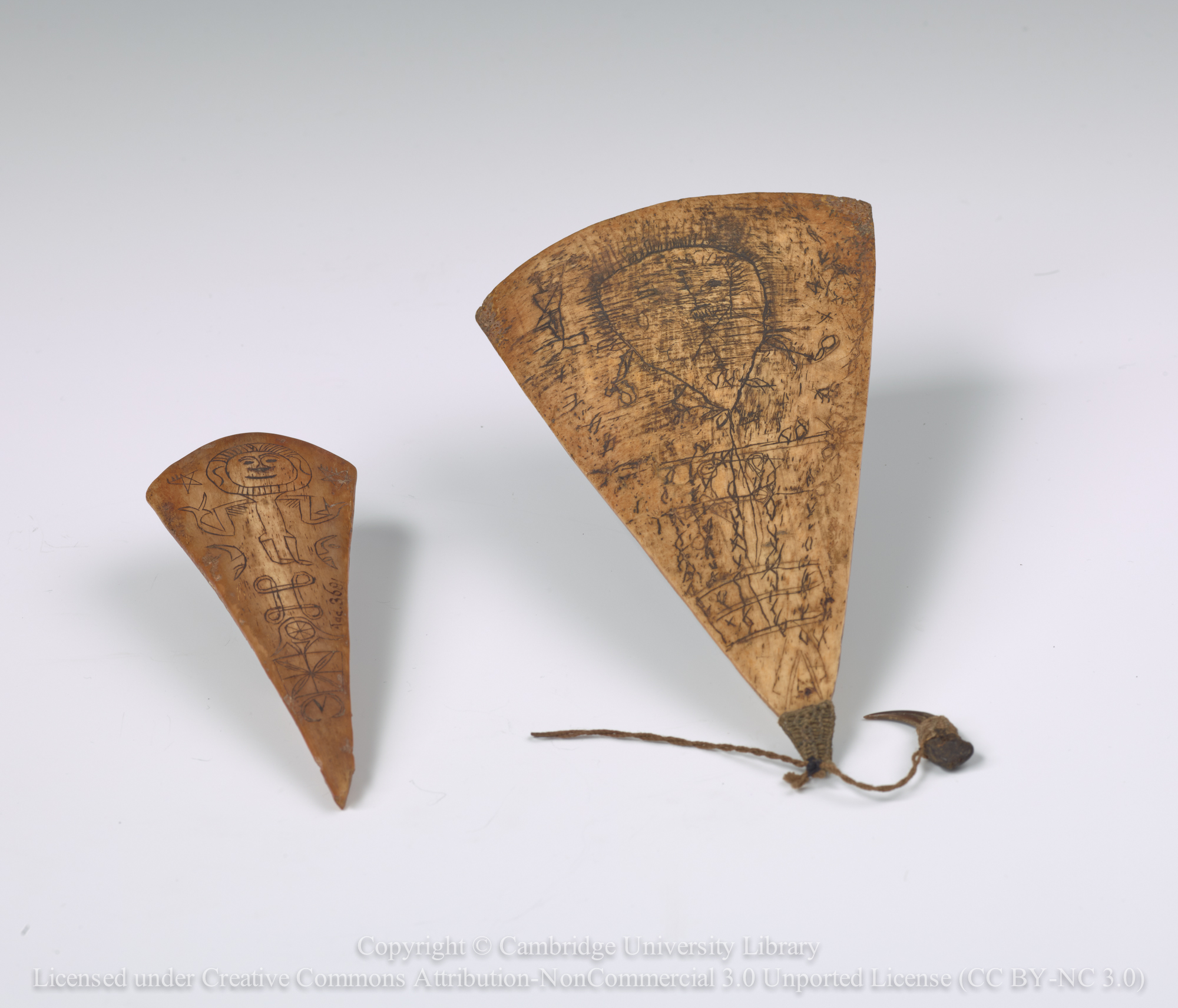
Cambridge has long been an international centre for research and study in World History. Our research interests, spanning five centuries, stretch from Latin America and the Caribbean to Africa, the Middle East, Asia and the Pacific and compares and connects the history of regions and empires through convergence and divergence. Social, economic, political, and intellectual approaches are all represented, with cross-cutting thematic interests in colonialism and imperialism, collaboration and resistance, diaspora and migration, gender, religion, labour, science, and the environment. World History faculty seek to understand the historical experience of peoples in the global South on their own terms and through their own sources and languages.
The British Library also has a wealth of material pertaining to Asia and Africa, accessible if you visit the Asian & African Reading Room, which includes, amongst other helpful resources, the India Office Records and Private Papers Collection, Newspapers, Oriental Manuscripts
Complimenting this, Cambridge University Libraries boasts a large and varied collection of both physical and digital resources to help you in your studies. This not only includes books but online databases, newspapers, official publications, journals, music and film repositories, and much more. Here in the Seeley, texts on World History can be found across the library, though in the Main Library the following may be of specific interest for the regions mentioned above: 'F - Latin/Spanish America', 'DT - History of Africa', 'DS - History of Asia', 'DU - History of Oceania', and '8 - World History'. We also hold the library collections for the Centre for Latin American Studies (CLAS) which covers specific countries, regions and topics of the Latin American world, the Land Economy Department, and Social and Political Sciences (SPS) which itself includes material focusing on POLIS and Sociology courses, and all together hold a range of texts on World politics, literature, society and more.
You also have access to the University Library (UL), where the classmark range 500-698 covers Geography and History and is then organised by region, all Faculty Department Libraries (FDLs), and your own College Library, so explore these for useful books and resources as well.
As with any library, searching on iDiscover for the text, journal or database that you require is a good starting point, and if you have any questions then please reach out to a member of staff who would be happy to assist.












Title: Buddha image
Note(s): Period: Early Anuradhapura.; Date: 1C BCE.; Material: Limestone.; Site: Anuradhapura.; A Buddha of one of the cardinal points (Tathagata), dating from the first century AD, from the Abhayagiri Vihara complex. (Similar to Mamallapuram); Founded by Vattagamini (44-17 BC) Dagaba 587'sq. base, 350' H. Gajabahu I (112-134 AD) rebuilt Dagaba as a monument of colossal proportions. Built "Adimukha" at its four gates. Abhayagiri originally built 2 AD, present form 8 AD, reconstruction in 9 and 10 AD.

